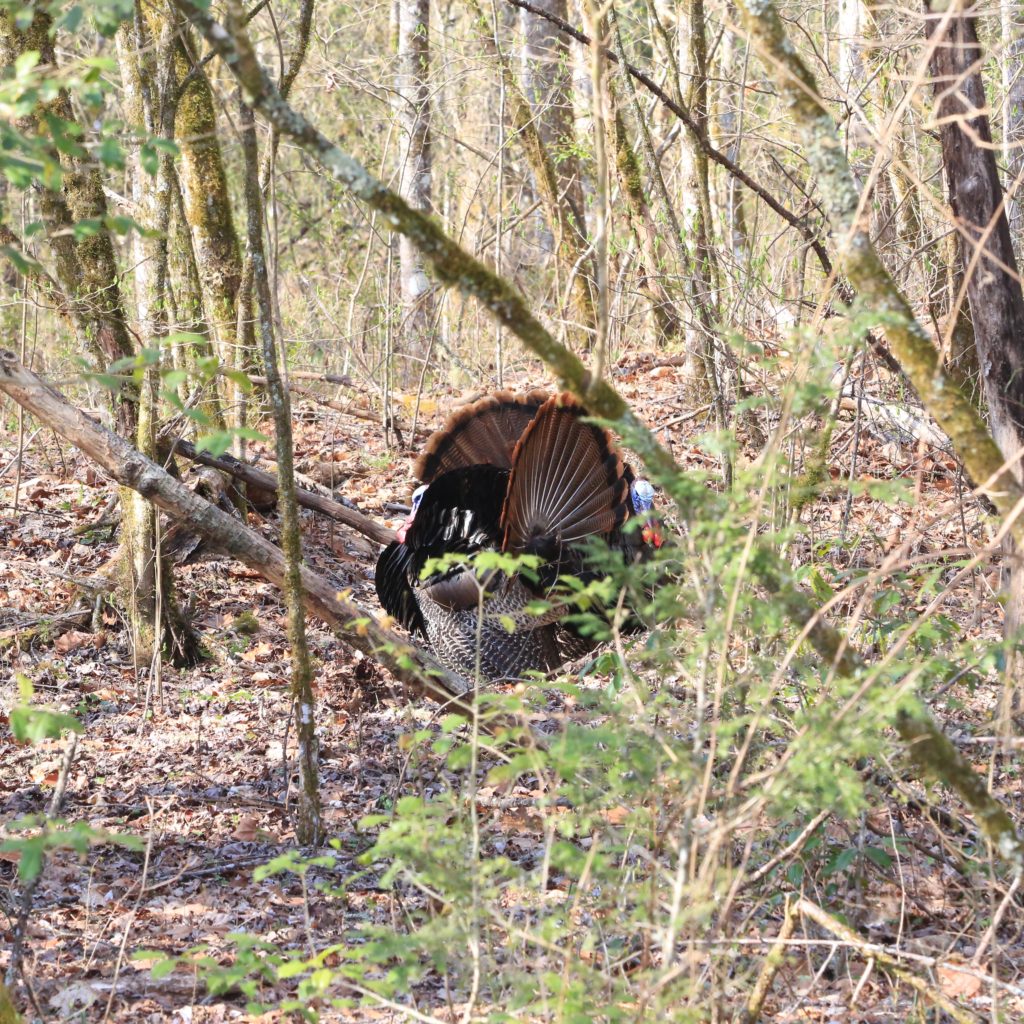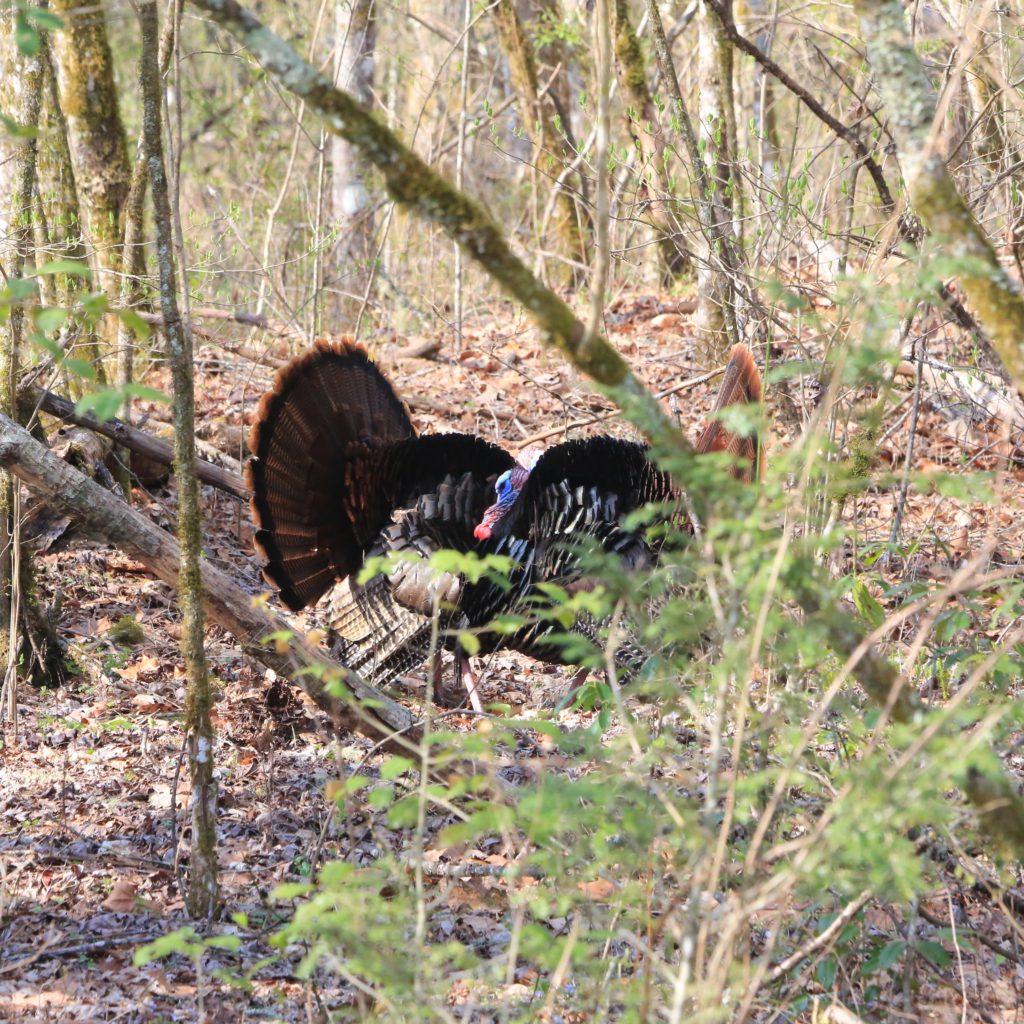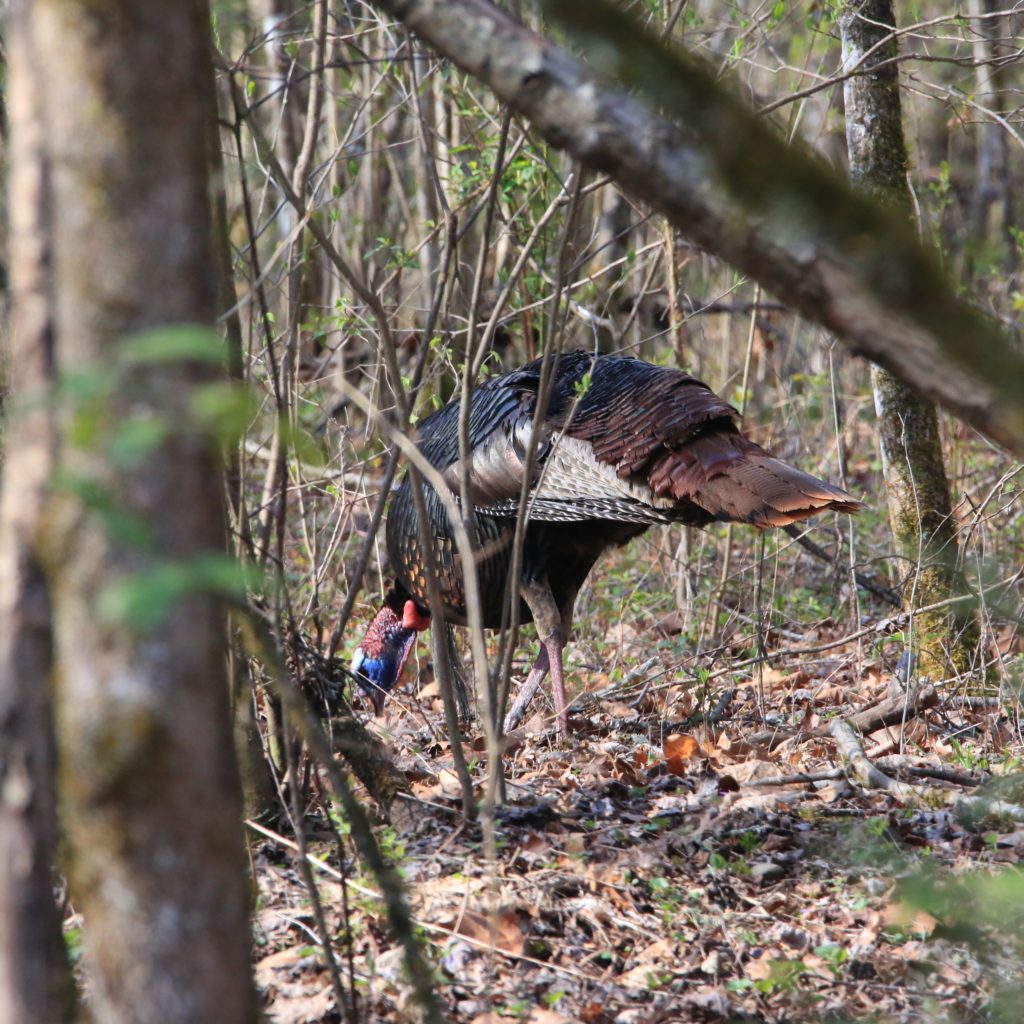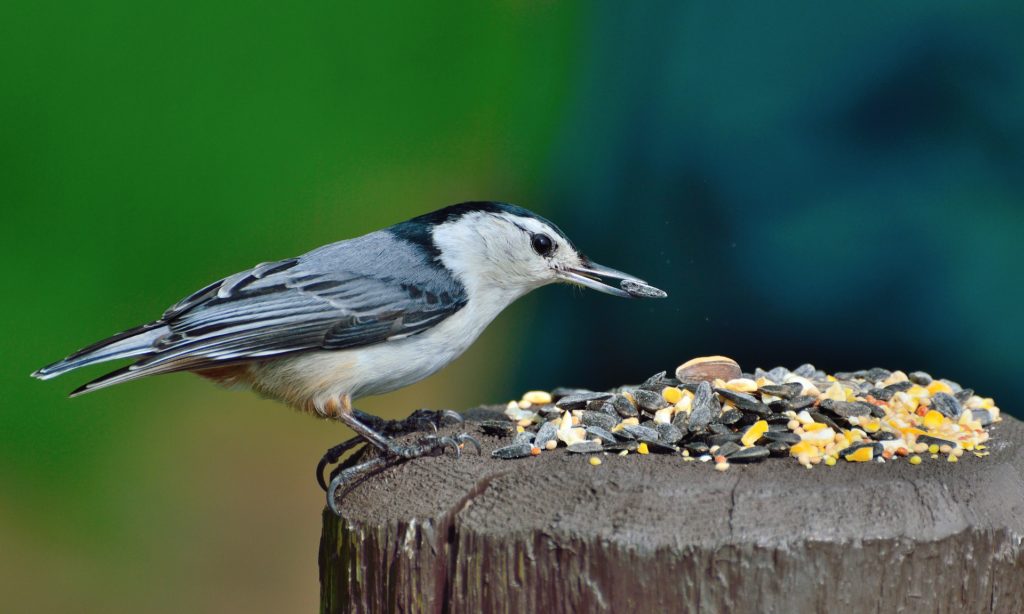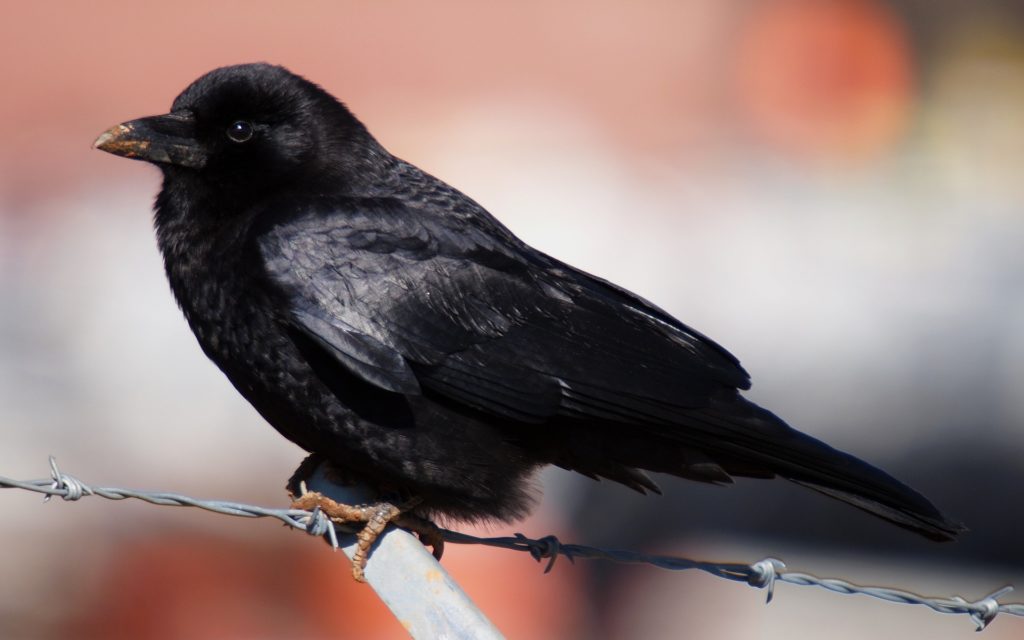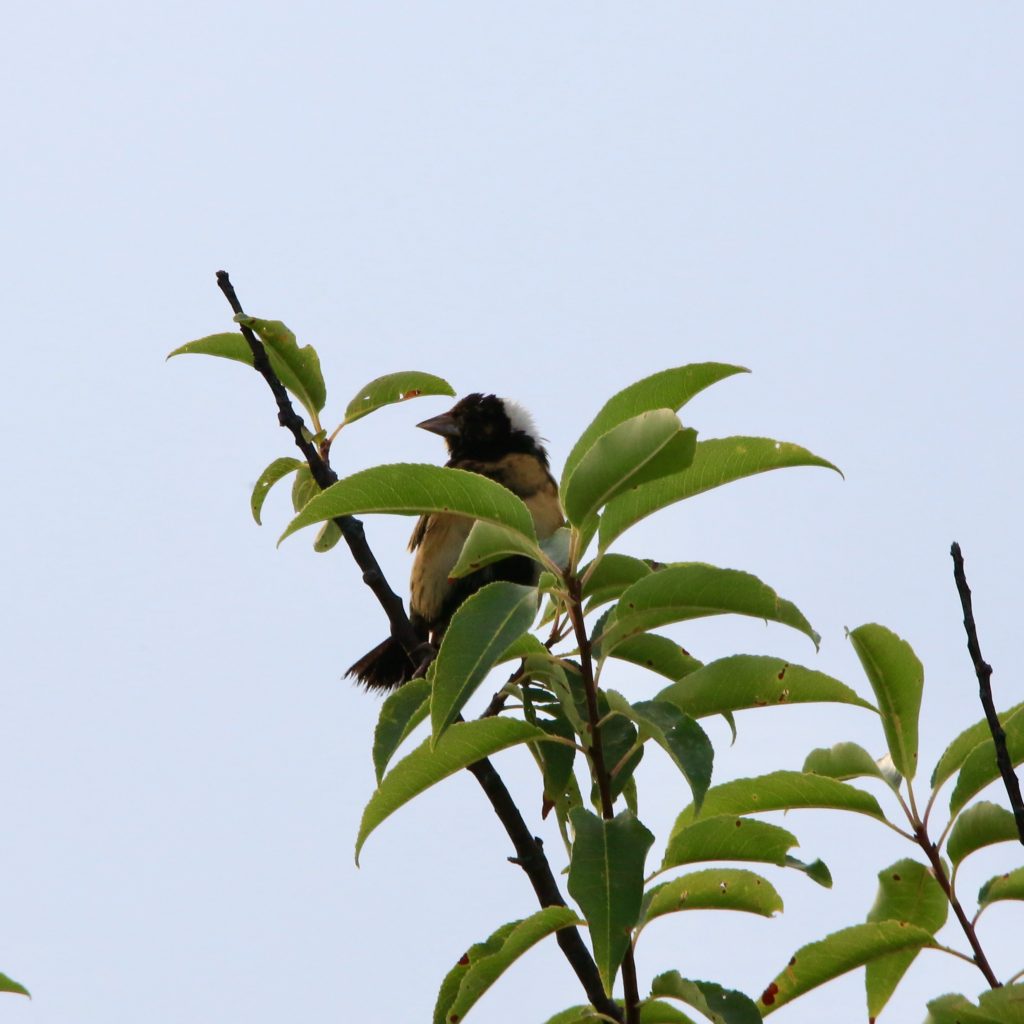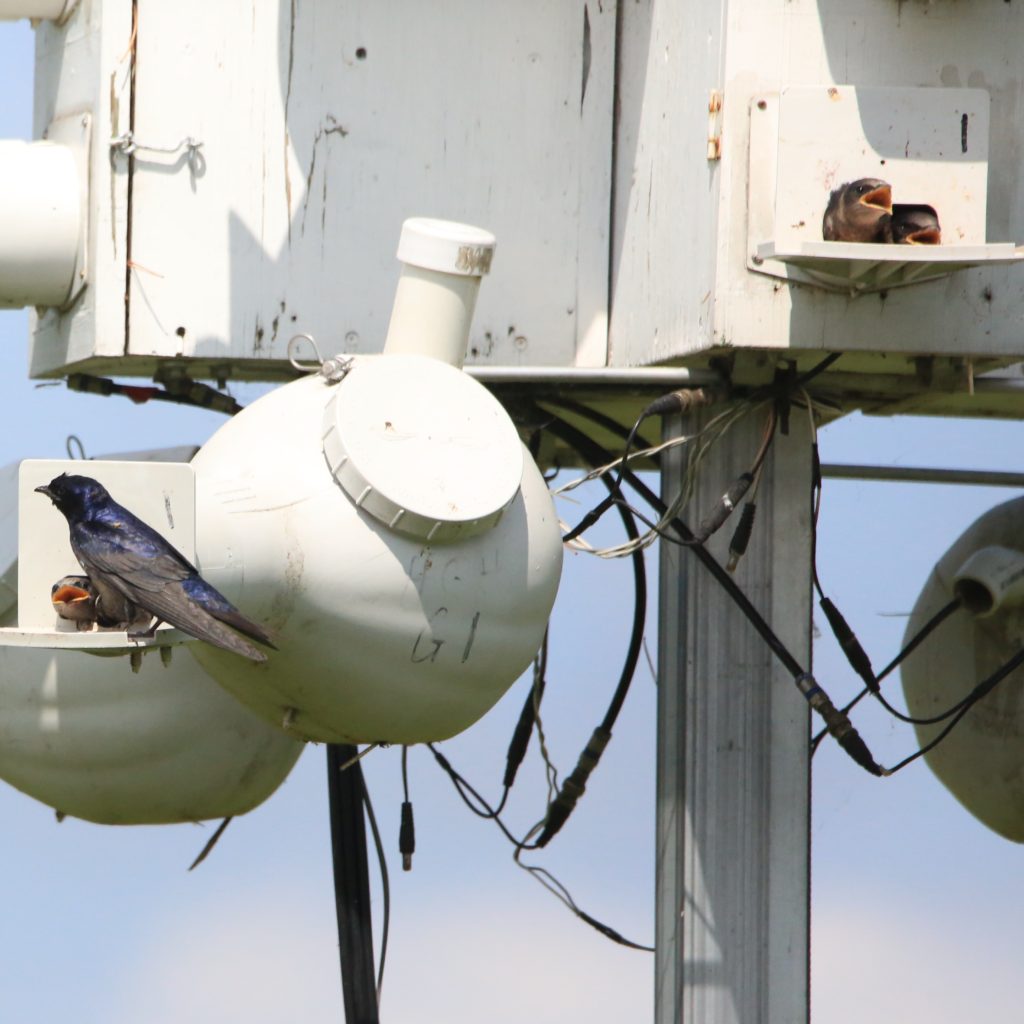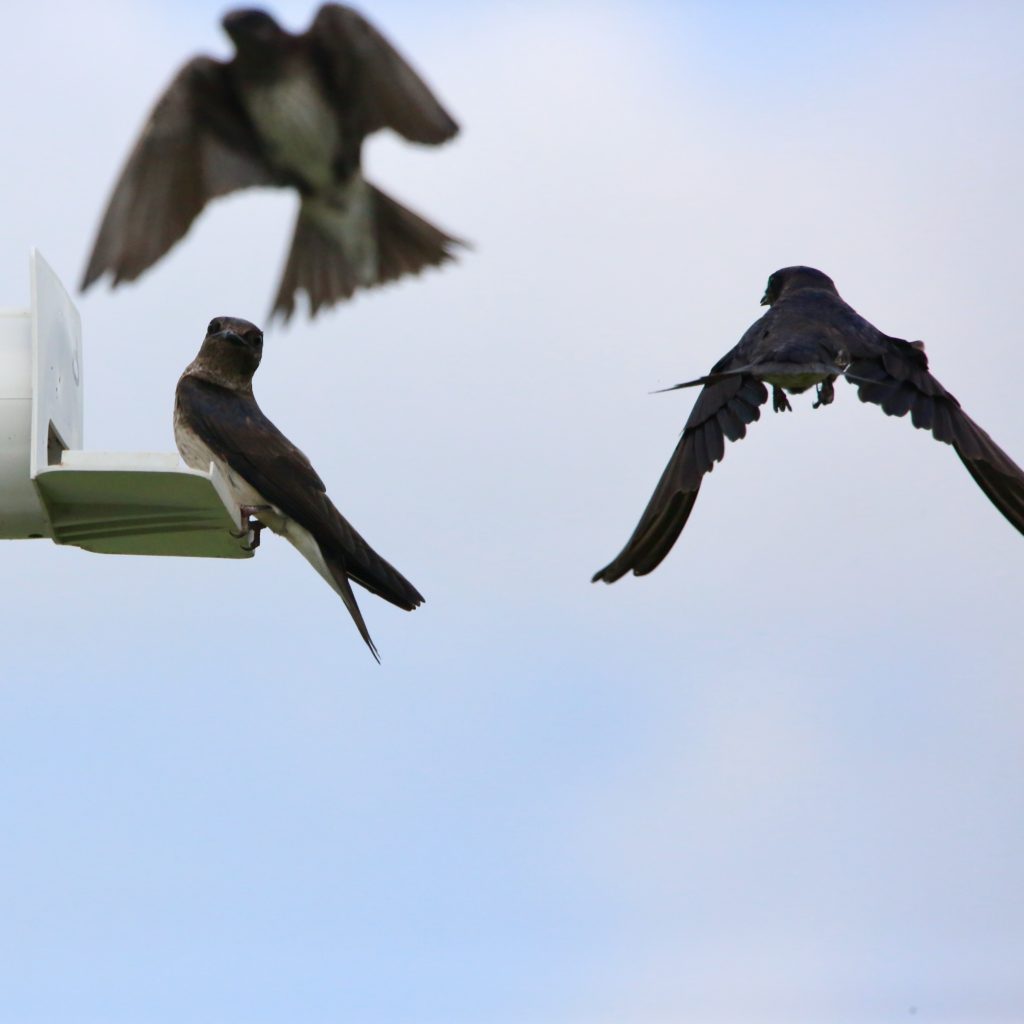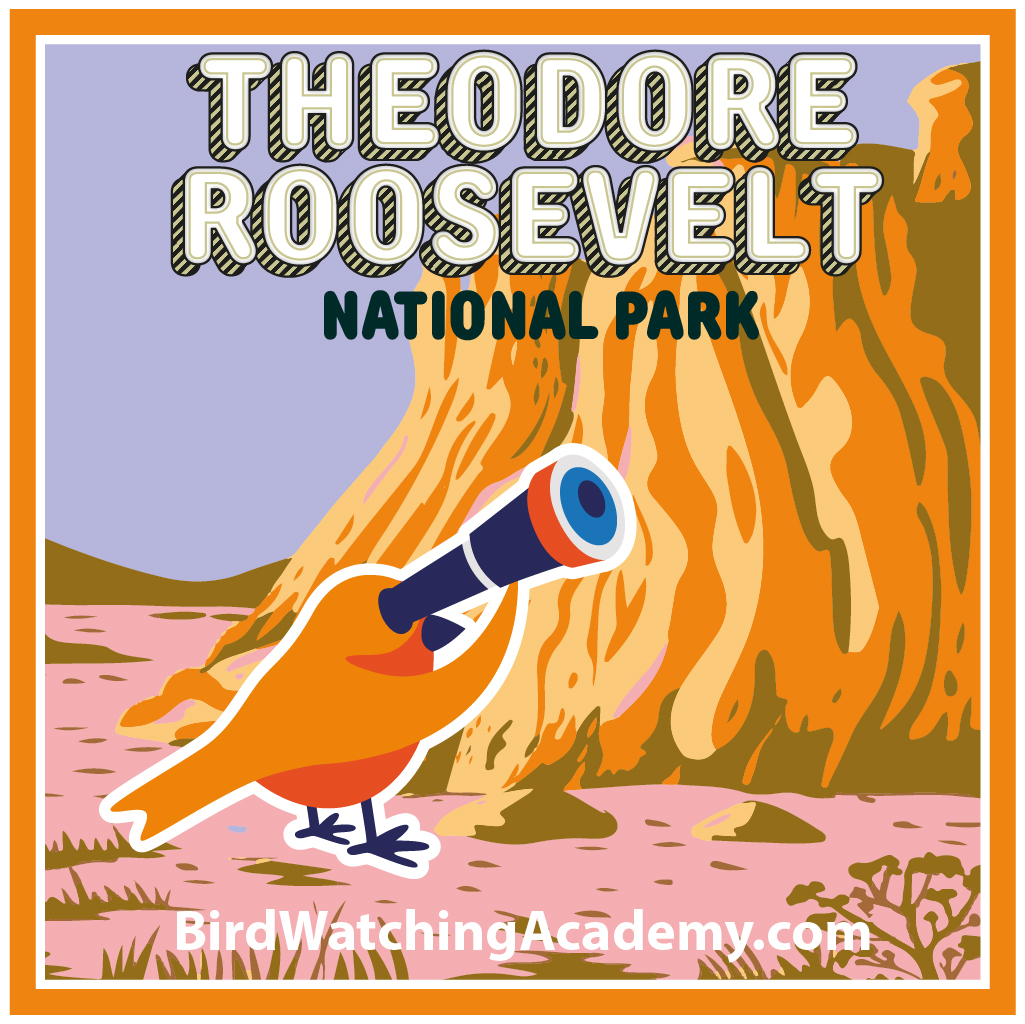
Theodore Roosevelt National Park can be divided into three separate geographical regions of the badlands of western North Dakota. Named after the honorable United States President Theodore Roosevelt, it is the only American national park directly named after a single individual. The park includes 70,446 acres of land divided among the North, South, and Elkhorn Ranch Unit.
Roosevelt’s Elkhorn Ranch is sandwiched between the North and South units. While the larger South unit lies along Interstate 94 near Medora, the smaller North Unit is roughly 80 miles ahead. The Little Missouri River flows across all three park sections, while the Maah Daah Hey Trail connects them. All park units have scenic drives, long trails, and opportunities for wildlife viewings, backcountry hiking, and camping.
Major Attractions at Theodore Roosevelt National Park
Theodore Roosevelt National Park is among the best national parks in the United States for wildlife watching. The site is home to an abundance of large herds of the American bison, groups of wild mustangs, and other creatures such as the bighorn sheep, elk, mule deer, and mountain lions.
Scenic Loop Drive winds itself through and around the badlands and prairies of the park and is considered to be one of America’s greatest national park roads. Scenic Loops begins at the Medora Visitor Center and travels past all the major attractions of the South Unit, including several prairie dog towns scattered across the park. Although Skyline Vista offers first views of the badlands, the Boicourt Overlook and Trail boasts the best panoramic sceneries.
GET KIDS BIRD WATCHING
Bird Watching at Theodore Roosevelt National Park
Even though Theodore Roosevelt National Park is technically formed of the “badlands” of western North Dakota, the birding experience in early June is unbeatable. Even in the harsh and unforgiving environment surrounded by the hardiest plants and animals, some of the most notable birds like Golden Eagles, Wild Turkeys, Black-capped Chickadees, White-breasted Nuthatches, and Great Horned Owls are resident members of the park. Most of the recorded 185 bird species are migratory and include White-throated Sparrows and vast flocks of Sandhill Cranes. The summer migrants are mostly insect-eating birds such as Flycatchers, Warblers, and Swallows.
In the vast expanse of the harsh badlands, the most logical way to observe the richest diversity of birds at Theodore Roosevelt National Park is by searching for the oasis on the theoretical desert. This basically translates to a spot with a lush green environment with plenty of water and food. In the south unit of Theodore Roosevelt, the greatest concentration of a wide variety of birds can be found along the Little Missouri River.
10 Birds to See at Theodore Roosevelt National Park
Golden Eagle
Golden Eagles have beautiful gold feathers, a strong beak, and large talons. They live in western North America. Historically, there has been a decline in their population, but their population is now steady. They make their habitat in open country and mountains. Golden Eagles are one of the fastest and largest raptors in North America. Golden Eagles enjoy soaring with their steady wings to hunt for small animals such as squirrels. They lay 1 to 3 eggs and usually build their nests on ledges of cliffs. Golden Eagles found in the north migrate, but most are permanent residents.

Wild Turkey
Wild Turkeys are large birds with long legs and small heads. You can find them throughout North America. Their population at one time was in great decline, but has recovered and is not at risk of endangerment. They usually live in mature forests, along roads, or in wooded backyards. They travel in flocks and roam the ground looking for nuts, insects, and berries. Wild Turkeys usually look for food in the early morning hours. They lay 10 to 15 eggs and make their nests on the ground at the base of trees. They are not migratory birds.
Black-capped Chickadee
Black-capped Chickadees are gray and white with a black cap. You can find them throughout North America. They are a common bird with an increasing population. These birds live in shade trees and groves. They are easy to attract to backyard feeders because they like seeds. They also like insects and berries. Black-capped Chickadees lay 6 to 8 eggs in holes they make in trees. They are not a migratory bird; however, some groups have been seen going south in the fall.

White-breasted Nuthatch
White-breasted Nuthatches are white, but also have black and gray markings. They live all throughout North America. Their population is steady with a slight increase. They make their homes near forests, groves, and shade trees. These nuthatches are active and enjoy eating insects and large seeds. White-breasted Nuthatches are small birds with loud voices. They lay 5 to 9 eggs. White-breasted Nuthatches protect their nests to keep predators away. They are not migratory birds; however, they have been seen moving south from the north.
Great Horned Owl
Great Horned Owls are brown and white and have two pointy tufts that look like ears. They live throughout the United States, Canada, and Mexico. Their population is widespread, common, and not at risk of being endangered. They make their homes near forests, streams, and in open country. Great Horned Owls are the most recognized owl because they make a deep hooting sound. They have great night vision to hunt in the dark. Great Horned Owls like to eat frogs, mice, birds, and sometimes mammals bigger than itself! They lay 2 to 3 eggs and will use old nests from other large birds. Sometimes they add feathers to their nests. Great Horned Owls do not have a regular migratory route; however, some move south for the winter.
Sandhill Crane
Sandhill Cranes are tall, large, and gray with long necks and long legs. They also have red crowns and long bills. Sandhill Cranes live throughout North America. They have made a recent comeback in population. Sandhill Cranes are not endangered but are definitely being watched. They live in the prairie region of North America. Sandhill Cranes have great dancing skills and make recognizable trumpet sounds. They eat the roots of plants in water. They will also eat insects, frogs, snakes, rodents, seeds, and berries. Sandhill Cranes usually lay 2 eggs in a nest built on the ground. They will sometimes build a nest that floats on water that is anchored to plants. Sandhill Cranes that reside in the north migrate more than their southern counterparts.
American Crow
American Crows are a common bird that lives throughout the United States. They are not at risk of being endangered. American Crows are an all-black bird. They live on farms, fields, or near the shore. American Crows usually feed off of the ground, but will eat anything from insects to garbage! Their nests are a basket shape and they lay 4 to 6 eggs. American Crows are not migratory birds.
Bobolink
Bobolinks have a light-yellow patch on the back of their head and a white back and black underside. They look like they are wearing a tuxedo backward! They live in the northern and eastern regions of North America. Their population is declining and they are being watched for possible endangerment. Their habitat is in hayfields and meadows. Bobolinks enjoy eating rice, grains, and insects. They lay 5 to 6 eggs in nests hidden on the ground. Bobolinks migrate a long-distance, traveling to South America for the winter.
Purple Martin
Purple Martins are dark blue-purple with black wings and tail. They live all throughout eastern North America. Their population has seen a decline, but is not at risk of being endangered. Their habitat is in open country near the water and also on farms. Purple Martins get all their food while flying. Native Americans used empty gourds to house Purple Martins. Now Purple Martins in the eastern U.S. almost always build nests in birdhouses. Bird houses for these birds look like bird hotels. They lay 4 to 5 eggs. At the end of the fall season, they migrate to South America.
Ruddy Duck
Ruddy Ducks have brown bodies with white cheek patches and blue bills. They are common ducks in most areas of North America. They are not endangered, but their population has declined. Ruddy Ducks make their habitat in open water and bays. They dive underwater and swim to find food on the bottom of ponds. Ruddy Ducks eat mostly roots, seeds, and insects. They lay 5 to 10 eggs and build their nests over shallow water in a woven platform. Ruddy Ducks lay the largest eggs of ducks their size. They migrate at night over an extended period of time, in small groups.
Final Thoughts
The complete state of North Dakota is a birders paradise offering some of the country’s best prairie and pothole habitat. Presenting the United States’ largest collection of National Wildlife Refuges, Theodore Roosevelt National Park is a great birdwatching opportunity waiting to be explored.
Ornithology
Bird Watching Academy & Camp Subscription Boxes
At the Bird Watching Academy & Camp we help kids, youth, and adults get excited and involved in bird watching. We have several monthly subscription boxes that you can subscribe to. Our monthly subscription boxes help kids, youth, and adults learn about birds, bird watching, and bird conservation.
- Kids Bird Watching Monthly Subscription$10.00 / month
- Kid & Adult Bird Watching Starter Pack Subscription$10.00 / month and a $72.00 sign-up fee
- Kids Bird Watching Starter Pack Subscription$10.00 / month and a $19.00 sign-up fee
Bird Watching Binoculars
The most common types of bird watching binoculars for viewing birds at Theodore Roosevelt National Park is the 8×21 binoculars and 10×42 binoculars. Bird Watching Academy & Camp sells really nice 8×21 binoculars and 10×42 binoculars. You can view and purchase them here.
- Birding Binoculars$49.99
- Kids Binoculars$13.99





